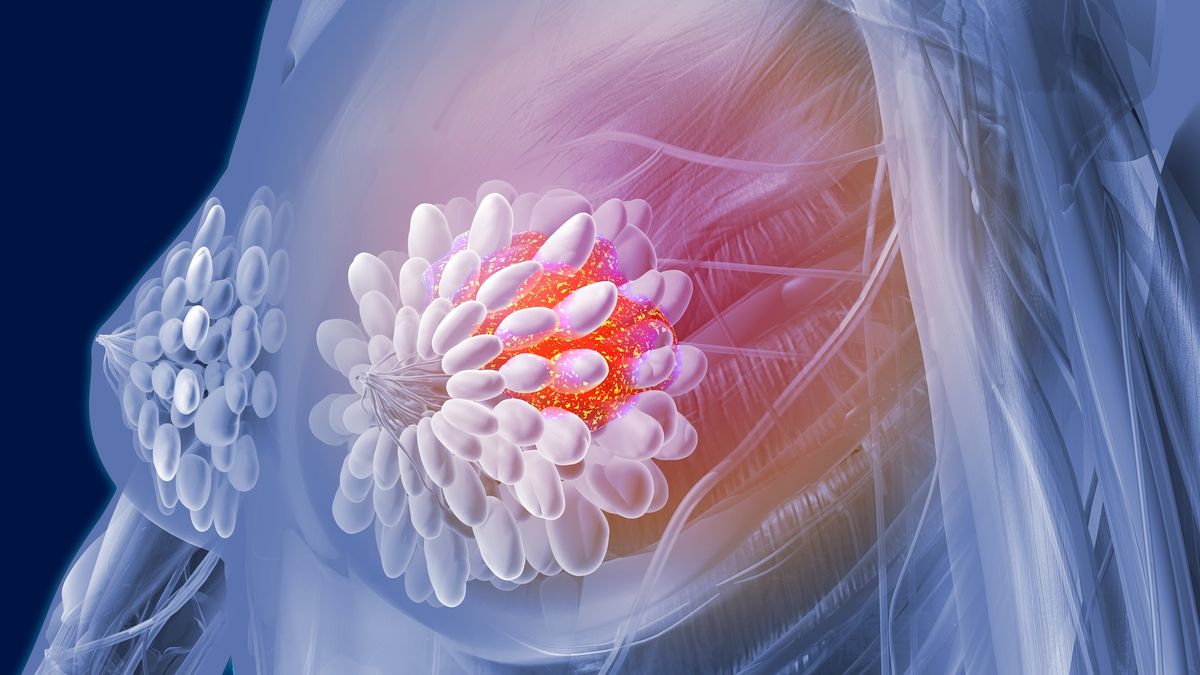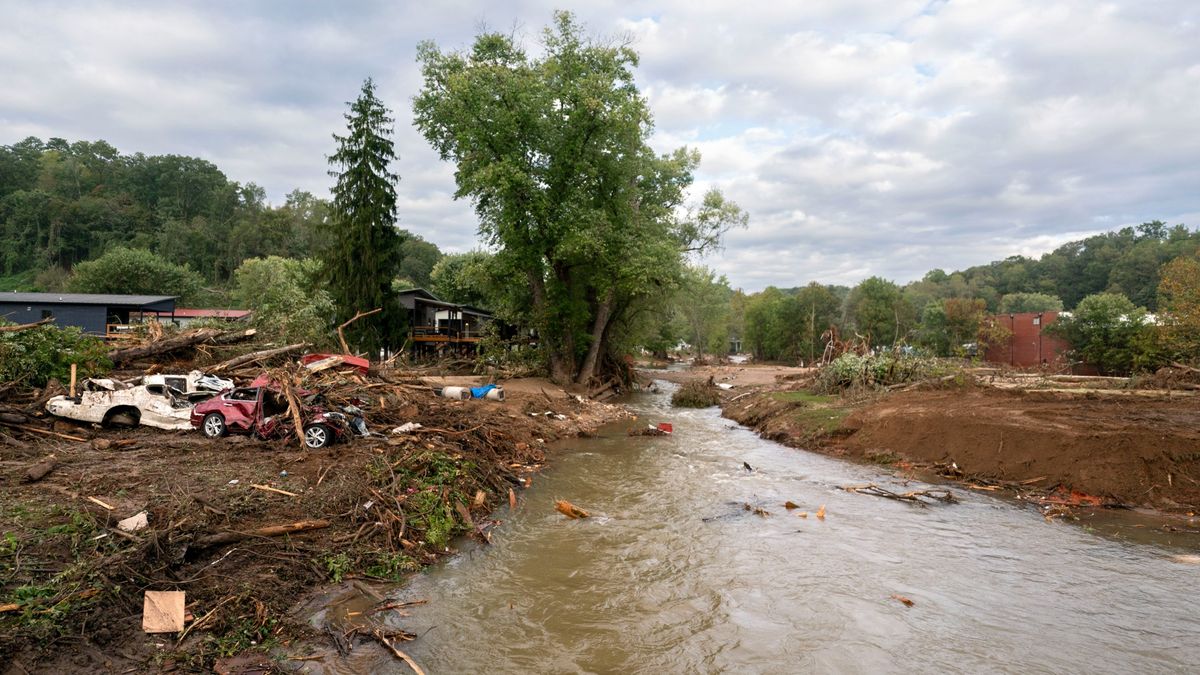The scientific secrets to baking the perfect holiday gingerbread
It wouldn’t be Christmas without the smell of freshly baked gingerbread wafting through the house. With a blend of warming spices and rich molasses, it is a must-have treat for a winter’s day. And as a child, it was always gingerbread that I would leave out for Santa each Christmas eve. In fact, I think gingerbread might be my favourite biscuit – providing it has that perfect balance of crunch and chew.
I like to think I know a thing or two about how to achieve that. I competed in the 2023 series of the The Great British Bake Off and made it to the final – and I even received that famously hard-to-obtain handshake from judge Paul Hollywood during biscuit week.
My success is down to the careful application of science to the craft of baking. So allow me to share with you a handful of key insights you need to bake a really show-stopping gingerbread – and the science behind why they are so crucial. Since I am a chemist by trade, we will be eschewing the traditional gingerbread house and instead assembling our biscuits into a freestanding Christmas “chemistree”. My mouth is watering already.
As with all biscuits, the first step is to prepare our dry ingredients. We need flour, sugar, spices and bicarbonate of soda (see “Ingredients and method”, right), each with important roles to play. The flour serves as a binding agent and helps form the structure of our biscuit, while the sugar will caramelise for sweetness, colour and texture.
The flavour of gingerbread comes from the blend of spices, with ginger and cinnamon leading the way.…
Source link




